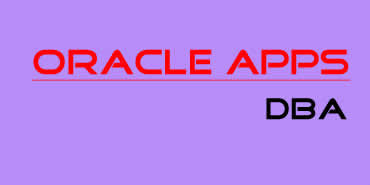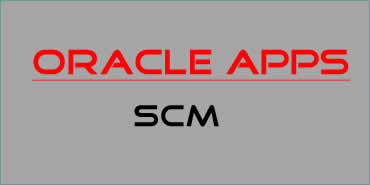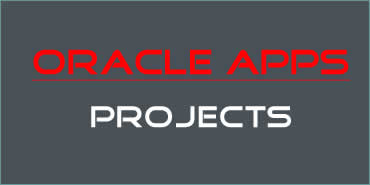Courses Overview
Premier Online Trainings Institute provides best Apache Tomcat Administration training in Hyderabad, Banglore by our Highly Professional certified trainers.
Apache Tomcat training course focuses on installing, configuring, and tuning Tomcat as a JSP and Servlet container. The Tomcat training course is structured around the most recent Tomcat release. Additionally, our Tomcat Administration training examines configuring Tomcat to successfully operate with the Apache HTTPD product (Apache Hyper Text Transfer Protocol Daemon product).
* We also provide Online Training for Normal Track, Fast Track and Weekend BatchesCourse Curriculum
1 . Prerequisites + -
- Basic rules of XML (i.e., being able to edit XML files).
- HTTP protocol (i.e., the stateless nature of HTTP, the need for sessions, HTTP methods, SSL, etc.).
- Java environments (e.g., memory settings, automatic garbage collection, JDBC).
- Other Java EE (J2EE) application servers and basic concepts behind Java Web Applications.
- Manage message transport.
2 . Introduction + -
- Overview of the Apache Software Foundation and the Jakarta Project
- Overview of Java EE as a platform
- Overview of the features and functionality specifically provided by Tomcat
3 . Installing Tomcat + -
- Installing the Java Runtime Environment (JRE)
- Tweaking the JRE for performance
- Performing the actual Tomcat installation
4 . Deploying in Tomcat + -
- Web Application Structure
- context.xml
- server.xml (detailed walkthrough)
- web.xml
- Web Application Structure
- Web application deployment
- Deploying to a Local Server
- Deploying to a remote server
- Undeploying the application
- Configuring Tomcat
5 . Tomcat Valves + -
- AccessLog and FastCommonAccessLog
- Request Filter Valve
- Single Sign On Valve (by request)
- Request Dumper Valve (by request)
6 . Memory management and JMX monitoring + -
- Understanding Java garbage collection
- Using JAVA_OPTS, JMX and JConsole to monitor and tune Tomcat memory usage
- Load testing with JMeter
- Using VisualVM (new monitoring tool built into JDK 6) and PSI Probe
- Controlling JMX MBeans via Ant
7 . Logging + -
- JULI logging
- log4j logging
- Understanding exceptions and thread dumps
- Connecting databases with Tomcat applications
- Classic JDBC approach
- Better approach: JNDI resources
- Setting up and monitoring database connection pools
8 . Connecting databases with Tomcat applications + -
- Classic JDBC approach
- Better approach: JNDI resources
- Setting up and monitoring database connection pools
9 . Tomcat Security + -
- File system security
- Java security manager
- Realms, authentication, and authorization
- Classic JDBC approach
- Tomcat can use two different implementations of SSL
10 . Running Tomcat behind Apache httpd or IIS + -
- Why run Tomcat behind Apache httpd or IIS?
- Installing mod_jk or mod_proxy_ajp and mod_proxy_balancer
- Proxying traffic to Tomcat via AJP
- Load balancing Tomcat via mod_jk or mod_proxy_balancer
11 . Tomcat Clustering + -
- Configuring mod_jk (in Apache or IIS) or mod_proxy_balancer (Apache 2.2 or later only) as a load bal
- Hardware load balancing as an alternative to software load balancing
- Sticky sessions
- Configuring a shared session back-end
- FileStore/JDBCStore (older approach, generally not recommended) Using the tag
- Configuring the application to be distributable
- Setting up and testing failover
12 . Tomcat 8/9 New Features + -
- Memory leak prevention and detection
- Support for new versions of the Servlet, JSP, and EL specs(and the practical implications of this fo
- Cross-site request forgery prevention (and how to configure)
- Session fixation attack prevention
- Alias’s support (which allow static content to be stored outside the WAR file)
- Reference links for your developers
13 . Performance tuning strategies + -
- Additional JVM tuning tips
- Enabling parallel garbage collection
- Building native connectors
- Disabling/removing unneeded applications
- Tuning incoming connections and database connection pools
- Turning off Jasper development mode
- Realms, authentication, and authorization
- Precompiling JSPs
- Preloading servlets

 Leading Certified Faculty
Leading Certified Faculty


